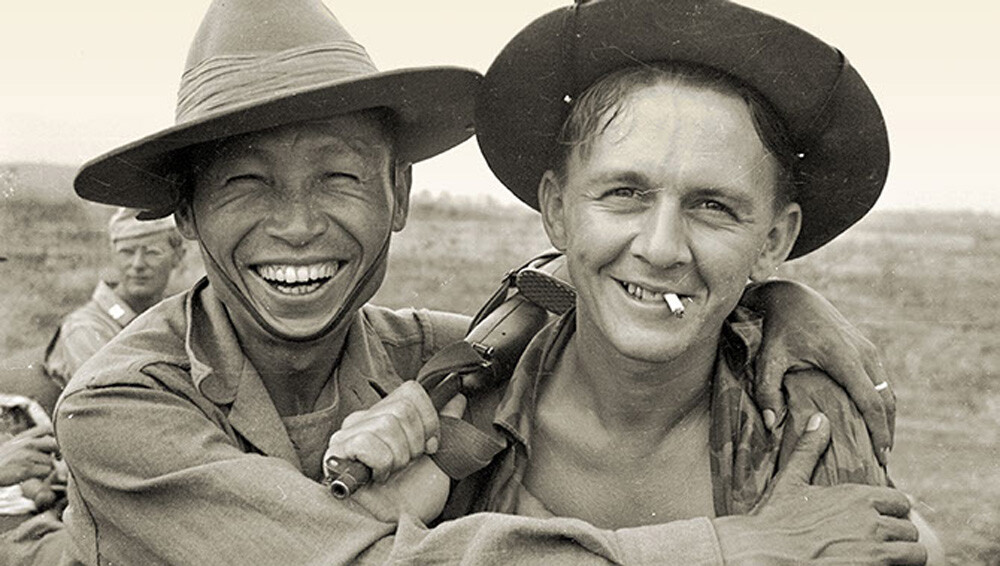4 Petty Reasons Behind Government Lies

The government lies constantly. Honduras refuses to fess up about secretly dating Belize, and America routinely lies about the size of its Florida. The motives behind these lies don’t always rise to the level of a supervillain hoping to sell the nation and retire to the Moon. Sometimes it comes down to some government official caught in an awkward moment and really wanting to avoid embarrassment.
Sweden Was So Embarrassed About Their Low Population, They Covered It Up
Sweden held its first census in 1749. That might sound like an odd year for a census, but in those days, a census was bound to take five years minimum to complete, so no matter what year you scheduled it, operations were going to fall on an odd year eventually.

The census was conducted chiefly by clergymen, who had the ability to read and didn’t have much else to do. Clergymen were also useful people for the job since the country was already divided into parishes, and the filled-out forms went upward through a hierarchy, getting reorganized and moved into ever larger tables of data.
Finally, the grand tabulation completed in 1755. The King and his secret commission discovered that Sweden had a population of 2,175,124. That wasn’t very much, and that’s only if you count Finland as part of Sweden (which they did in those days). Really, this population stat was so low that it could only bring shame to the nation. So, Sweden buried the results of the census by declaring it secret. They’d get back to doing censuses later, but only after the citizenry hopefully spent a few years industriously copulating for the good of the country.
Australia Switched Two Mountains to Maintain an Old Record
Each continent has its tallest peak. Some of these are more famous than others. You know about Everest, Denali and Kilimanjaro. You’ve heard of Mont Blanc, which may or may not count, depending on what definition you go with. Below is a picture of the tallest mountain in Australia, Mount Kosciuszko.

Mount Kosciuszko stands just 7,200 feet tall. Each of the other Seven Summits are taller — in fact, each of them is more than twice as tall as Kosciuszko. Australia is not a terribly mountainous continent, so they’re fairly insecure about what mountains they do have.
In 1992, Australia took a proper measurement of their prized Kosciuszko and found to their horror that it wasn’t as tall as they’d previously thought. It wasn’t even the tallest mountain in Australia, as the nearby Mount Townsend had it beat by 50 feet. The honest thing to do would have been to update all the atlases and almanacks and formally declare Townsend to be the new tallest peak. “Hello world,” Australia could have said. “We have a new very small mountain that we’re offering up as our tallest. This change will only draw more attention to how flat our mountains really are.”
They chose a different route. They renamed Mount Kosciuszko to “Mount Townsend,” and they renamed Mount Townsend to “Mount Kosciuszko.” The photo above is the mountain that was known as Townsend up till 1992. As far as the records say, Kosciuszko was the tallest peak before, and it’s the tallest peak now, and no one needs to scrutinize the matter any closer than that.
England Put Up a Fake Anti-Aircraft Gun to Protect Itself from the Germans
One terrifying time for England was the Blitz, in which aircraft attacked the country for four years. Germany dropped some 6,000 bombs on England, killing 557 people. No, we’re not talking about the World War II Blitz, which killed far more people than that in a much shorter amount of time. We mean the World War I Blitz, in which the aerial bombers weren’t planes but zeppelins.

The war reduced one city to a hull of its former self. This was the city of Hull, which was first bombed in June 1915. An airship came by and bombed such strategic targets as a department store, small houses, and of course, Clarence Street. Two dozen people died, and everyone else stayed fearful of what might happen if the Germans came back, as the city had no defenses of its own. The government responded by erecting an anti-aircraft gun on the roof of a factory.
This comforted residents — right up until the next time a zeppelin came by, and they discovered the gun was a dummy made of wood. The government hadn’t had any guns to spare, and if they hoped they’d get through the war without anyone discovering the ruse, they should have thought that plan through a little more carefully. Zeppelins would return to bomb Hull seven more times.
The American Military Didn’t Want to Admit They’d Misunderstood Grammar
During World War II, America received assistance from the Kachin people of Burma. The OSS had a detachment over there, and they made a guerrilla force out of thousands of Kachins, going on rescue missions, clearing land and probably doing a whole lot of less palatable stuff, too. The Kachin guerrillas were supposed to perform “unconventional” missions, and while few accounts elaborate on just what that meant, it ended with 9,000 Kachins successfully killing some 5,500 Japanese.

At the end of the war, an OSS officer received a radio message about various commendable Kachins, and at the end of each name were these letters: CMA. The officer had no idea what that meant. A quick consult with other officers revealed no one else knew either, but also no one thought it wise to radio back and admit their ignorance.
The message had been about honoring the guerrillas; it seemed likely then that “CMA” referred to some military honor. Thus, the detachment produced the Citation for Military Assistance award and handed out 50 of them to the men singled out in the message.

It turned out the radio message had never asked the officers to hand out awards. “CMA” is an abbreviation, and not for any award. It just represents a comma.
We’re sure the guerrillas — or the Comma Chameleons, as we choose now to refer to them — deserved commendations, but they’d never been assigned these commendations from on high. Anyway, we can’t get too angry that the Allies knew more about recognizing service than they did about standardized grammatical notation. If they were the opposite of how they were, that would make them grammar Nazis.
Follow Ryan Menezes on Twitter for more stuff no one should see.